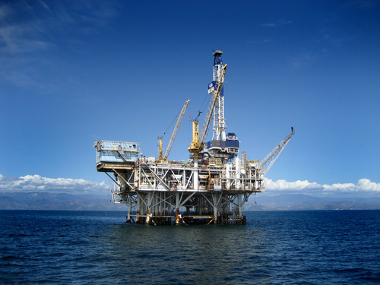Brazil has the fifth largest territorial area. Taking into account the continuous lands, it has the fourth largest extension among all countries in the world. In a country of continental dimensions, road transport is the main mode used to transport cargo, which has discouraged investments in other means of transport and is the target of public policies that are seeking to diversify and increase the interaction between road, rail and waterway.
Highwayism as a State policy originated with former president Washington Luis, who spoke as governor of São Paulo in 1920 the famous phrase “To govern is to populate; but, it is not populated without opening roads, and of all kinds; to govern is, therefore, to make roads"! As governor of São Paulo, Washington Luis designed and modernized roads in the interior of the state and towards the Port of Santos. Upon assuming the presidency, in 1928 he inaugurated the Rio-Petrópolis highway – the first paved highway in Brazil – and the Rio-São Paulo highway. He also created the Federal Highway Police and a mechanism to promote highways in Brazil: the Special Fund for the Construction and Conservation of Federal Highways.
However, it was during the presidency of Juscelino Kubitschek, at the end of the 1950s, that the road system was implemented in a forceful way. The “president bossa-nova” strategy can be analyzed in two distinct aspects. First, Kubitschek's intention was to integrate Brazil, mainly with the transfer of the capital to Brasília, in the heart of Brazilian territory. Soon after the inauguration of Brasília, the Belém-Brasília, Brasília-Rio Branco and Cuiabá-Porto Velho highways were built in the in order to establish commercial relations and provide settlement in areas further away from the Midwest and the region North.
The other aspect of the option encouraged by former president Juscelino Kubitschek was its political-economic character. Expanding the road network could attract international companies in the automotive sector. According to the Economic Poles Theory, the participation of a type of industry such as automobiles allows for effects of scale or drag, by attracting companies related to the central branch; in the case of automobiles, auto parts companies, electrical components, lubricants, etc. In the name of this strategy of attracting capital and generating jobs, the railways, which had the greatest importance during the period of the coffee cycle, were scrapped and despised in favor of the highways.
Do not stop now... There's more after the advertising ;)
The road modal corresponds to 58% of cargo transport in Brazil. According to official data from the federal government, Brazil holds approximately one and a half million kilometers of unpaved highways, against about 200,000 kilometers of highways paved. Even opting for highways, the conditions of most highways in the country are precarious with regard to the quality of the lane, signaling and safety. The country loses competitiveness due to poor road maintenance, as the delay in delivering raw materials and products entails costs that are passed on to the final price of the product. Maintenance fees for trucks, fuel and tolls are also added.
Public-private partnerships and works related to the federal government's PAC (Program for the Acceleration of Economic Growth) are trying to change this scenario. Sectors such as agribusiness and mining understand that, in order to increase their presence in international markets, they will be necessary massive investments in logistics, even more to transport and transport goods between long distances. The privatizations of the sector that took place in the 1990s increased direct investment, but the lack of a a broader framework of goals and the lack of joint planning between the segments involved compromise the results general.
Julio César Lázaro da Silva
Brazil School Collaborator
Graduated in Geography from Universidade Estadual Paulista - UNESP
Master in Human Geography from Universidade Estadual Paulista - UNESP
Would you like to reference this text in a school or academic work? Look:
SILVA, Julius César Lázaro da. "The Brazilian strategy of privileging highways over railroads"; Brazil School. Available in: https://brasilescola.uol.com.br/geografia/por-que-brasil-adotou-utilizacao-das-rodovias-ao-inves-.htm. Accessed on June 27, 2021.


